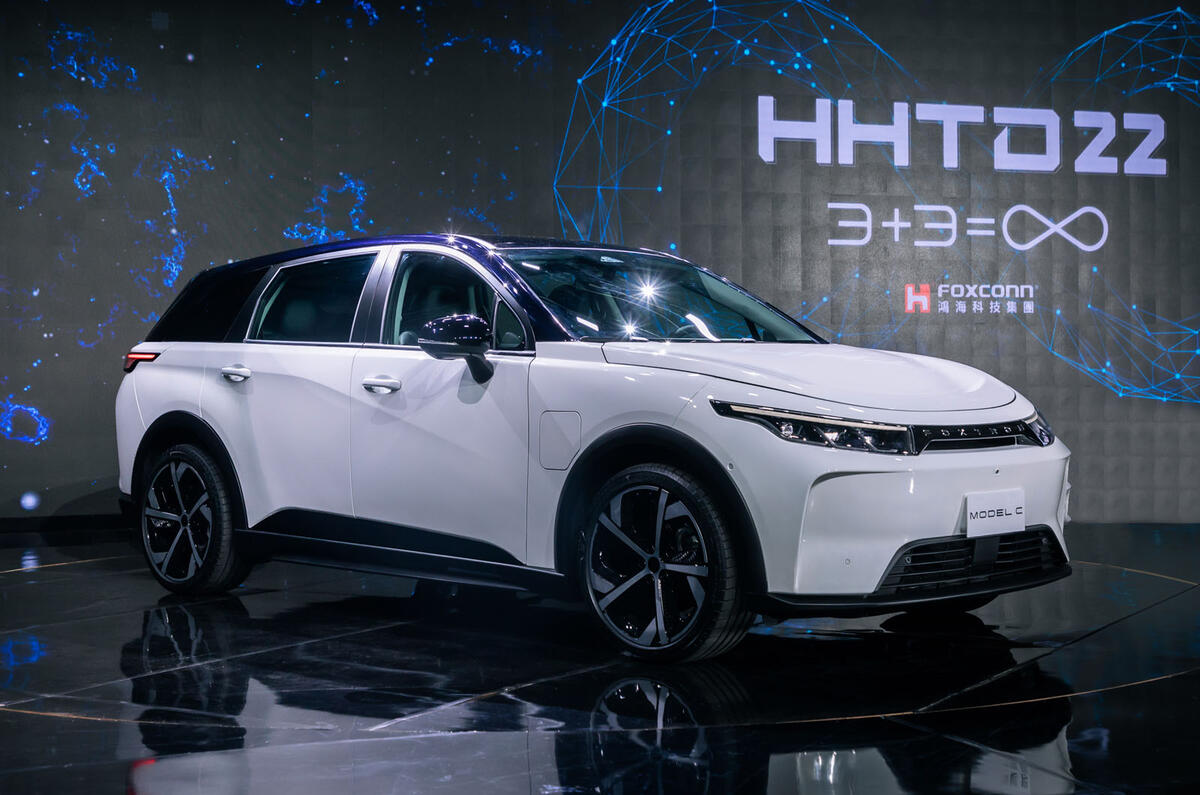Hon Hai Precision was founded in 1974 to make components for other manufacturers. The company slowly progressed from plastic pieces to electronic cables and connectors in the 1980s.
Although still relatively small, the company opened a complex in Shenzhen, known as Foxconn City, in 1988 and started expanding its reach. After a deal was made with Dell computers in the mid-1990s, growth of Hon Hai took off. By 2004, the company was manufacturing computers and servers for some of the world’s largest brands. Additional contracts for mobile phones and video game consoles kept the growth going.




Add your comment